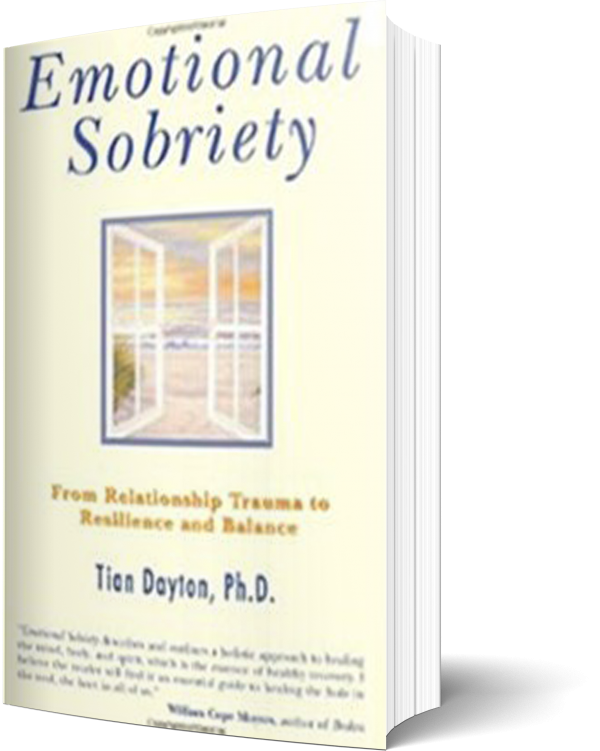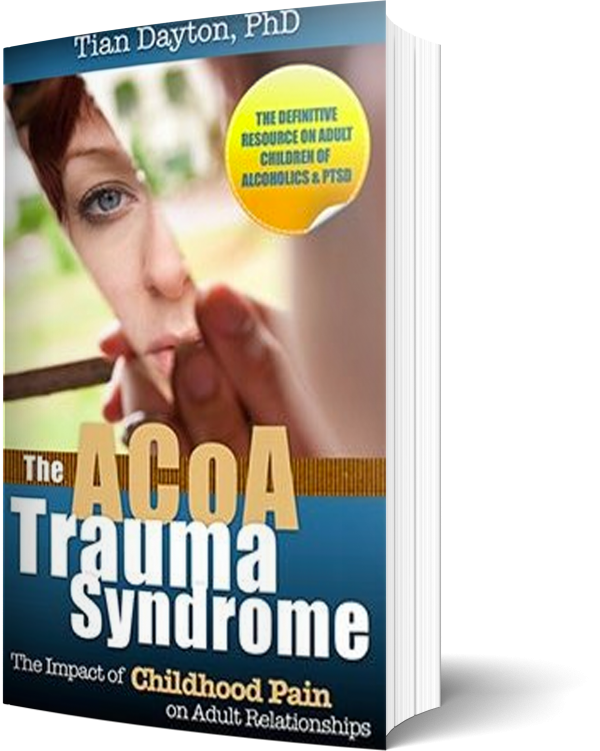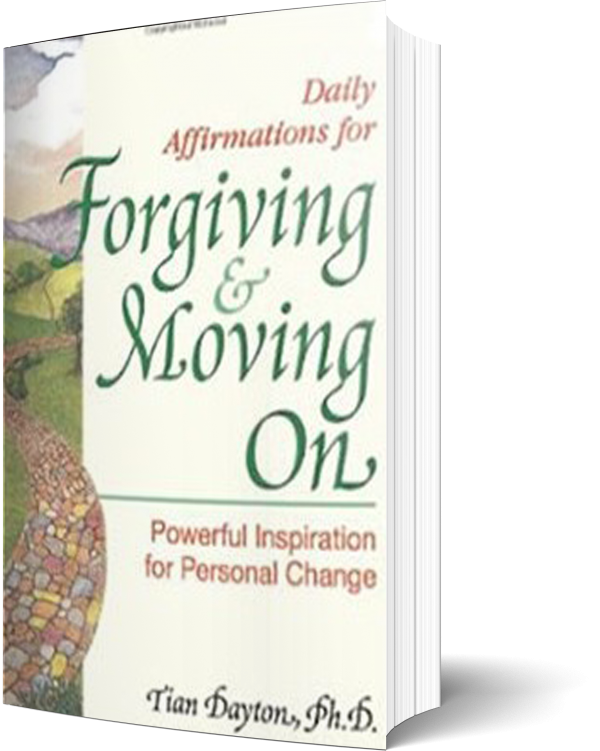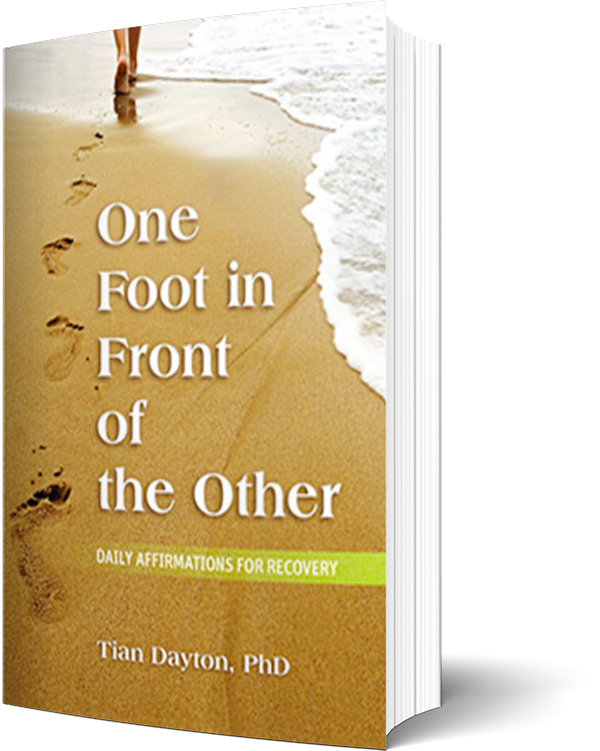Growing up in a family where there is parental addiction shapes how we learn to live in intimate relationships. Anxiety levels around the kinds of behaviors that surround addiction and the inevitable relationship despair worms its way into our hearts. It’s especially true when we watch those we love change into people we hardly recognize, which takes its toll on how we learn to be in intimate connection with those close to us. So, living with addiction often engenders an anxious sort of hyper-vigilance: we “wait for the other shoe to drop,” we “walk on eggshells.” We scan the faces of the people around us, the people we want to be close to for mood shifts, for reasons not to trust them.
The Setup
Maintaining a relationship with another person who is hiding an addiction can feel like a dance in which routines that circulate around drinking or eating, for example, become rigid and uninterruptible. Or there are hidden behaviors that make the family system feel fake, superficial or tense. Since family members organically make the myriad small and large relational adjustments that living with addiction inevitably demands, everyone gets drawn into the awkward dance. They learn to adjust their expectations not to expect normal behavior, not to take for granted that plans and people can be counted on. They learn that those they love can have terrible, frightening and sometimes immoral hidden sides. They learn to hide their true feelings because if they let them out, there will likely be some sort of explosion, implosion or painful scene. Over time the cumulative stress of the sorts of relationship dynamics that surround addiction can be traumatic, and something inside of us changes.
The sad news is that ACoAs often import the kinds of behaviors and expectations that we learned in childhood into our adult, intimate relationships. We layer our childhood experiences onto our partners and all too often recreate some of the relational turmoil that we experienced as kids, whether or not addiction is present. Long after the stressor is removed, in other words, we live as if it’s still present. The booze or drug may not even be there, but the behaviors and attitudes we learned are still with us. And so is the hidden resentment, confusion and hurt. When that old pain gets triggered we overreact, underreact, or alternate between the two — we explode, implode or shut down.
Wired for Overreaction
ACoAs can have larger-than-appropriate reactions to slights and stresses in relationships that are based as much on experience as on what is happening in the here and now. The trauma we experienced as kids left us with an emotional deregulation. We have trouble living in four, five and six, we cling instead to extremes. We shoot from zero to 10 in the blink of an eye, not knowing just how we got there. We get triggered. Something occurs in the present that hurts us and that sets off old, unresolved and oftentimes unconscious pain from the past. The unconscious content of that pain jettisons to the surface and lands on whoever is closest.
The kid in us gets hurt or mad all over again. And we feel helpless and confused all over again. Because we may never really have made sense of what was happening in our families as children, when old pain gets triggered, it’s often that wordless, confused and unprocessed emotion that surfaces. Consequently as adults we don’t know where it’s from or what to do with it.
Why Didn’t We Just Get Over It?
As kids when we were surrounded by family chaos, we felt overwhelmed. Because we were in a high state of stress, nature took over to protect us from harm: our fight-or-flight responses came into play. Our prefrontal cortex — the thinking, planning part — shut down along with the language part of our brain. Our muscles flooded with increased blood flow and we spurted adrenaline to prepare us for fight or flight… but we could do neither. Where would we have gone? So we froze and all of that feeling of fear, anxiety, and pain went underground and never got “right-sized” or brought back into balance. And because the adults we’d normally have gone to in order to express our scared feelings and get reassurance were often the ones causing the chaos to begin with, that pain remained unconscious and unprocessed. It is that very pain, anger, confusion and anxiety that is triggered when we try to create intimacy as adults. The very feelings of vulnerability, dependence, neediness and closeness that were part of our childhood relationships follow us into our partnering and parenting. And when there is unresolved pain, anger and loneliness attached to these feelings, that follows us, too. This buried pain is what gets triggered when we try to create closeness as adults. Hence, we overreact — we import the old angst into our new relationship. Even a mean look, a loud voice, rejection or anger can make us shiver inside and return to that helpless, frozenness we experienced as a kid. We’re that scared child all over again, locked in the body of an adult. Some of the ways in which ACoAs re-create old relationship dynamics in new relationships are through:
Transference: We transfer or project the relationship dynamics from a relationship in the past onto a relationship in the present.
Reenactment dynamics: We recreate the painful unresolved relationship dynamics from childhood that are still frozen and unconscious within us, in our relationships with our partners.
Projection: We project feelings that we cannot bear to sit with onto our partners and make the feeling about them or about the relationships rather than examine where it might be coming from within ourselves.
Eliciting responses: We vibrate feelings and unfulfilled expectations or negative expectations into the atmosphere of our relationship, which elicit corresponding responses from our partners — then we get what we expect.
When couples get into a conflict, here is some of what happens.
The Fight: Example A
We are triggered by the intense feelings accompanying intimacy, so we:
- Blame our partner (or children) for what we are feeling.
- Make our pain about our partner, rather than recognizing that the intensity of our reaction may have historical fuel.
- Feel like a victim, see our partner as the aggressor and ourselves as the disempowered victim.
- Collapse into helplessness and/or become aggressive and intimidate our partner.
- Clearly this is a recipe for disaster when it comes to resolving conflict and getting to the other side of it. When we’re stuck in Fight A, we stay stuck and believe our only options are to keep fighting, disconnect, or self-medicate. The following is an example of how a couple might climb out of this stuck place.
The Fight: Example B
We get triggered by the intense feelings accompanying intimacy, so we:
- Blame our partner (or children) for what we are feeling.
- Make our pain about our partner rather than recognizing that the intensity of our reaction may have historical fuel.
- Feel like a victim, see our partner as the aggressor and ourselves as the disempowered victim.
- Collapse into helplessness and/or become aggressive and intimidate our partner.
But then we…
- Back up, breathe, self reflect, take a moment to calm down, take a break.
- Feel, articulate, and explore feelings that have been triggered.
- Identify sources of transference that may be at the base of projected pain.
- Identify possible historical sources of overreaction and overly intense emotions.
- Separate the past from the present.
- Talk about the issues that have been triggered from the past and move into talking about what is happening in the partnership that needs to be addressed.
- Ask ourselves as a couple how our feelings, attitudes, and behaviors may be affecting our family relationships and your children.
- Make a simple plan for trying out new attitudes and behaviors.
- Kiss and make up.
As you notice, the fight looks very much the same in both scenarios — after all, we all fight. It’s normal. How we handle the fight is where the rubber meets the road, where real and lasting change can take place. Learning to use these triggered moments as growth moments can turn what could be a progressive disconnection into a progressive connection and a building of empathy and trust. Our trigger moments become deep healing moments. After all, it’s the deep love and trust that we long to feel, that is getting this pain to come alive again. Our very wish to connect can unblock the the frozen feelings that are in the way of connecting. As we process those feelings with our partner, we come to understand ourselves better and our relationship deepens. We become each other’s friend, rather than the enemy. We separate our past from our present. And then it’s time to move on. For ACoAs, this can be hard. We carry memories of endless scenes and fights that never got resolved, where the only solution was to stuff it, hide our feelings and pull away or to explode or self medicate. Time to start some new habits, have a fight, handle it, and live to fight another day. But in between, build trust, honesty, intimacy and good faith. In other words, enjoy life.
For a deeper look into how childhood dynamics get played out in adult relationships read “The ACoA Trauma Syndrome: How Childhood Pain Impacts Adult Relationships” by Tian Dayton Ph.D.
For a webinar on this subject by Jerry Moe and Tian Dayton go to nacoa.org.
For more by Dr. Tian Dayton, click here.
For more on love and relationships, click here.





